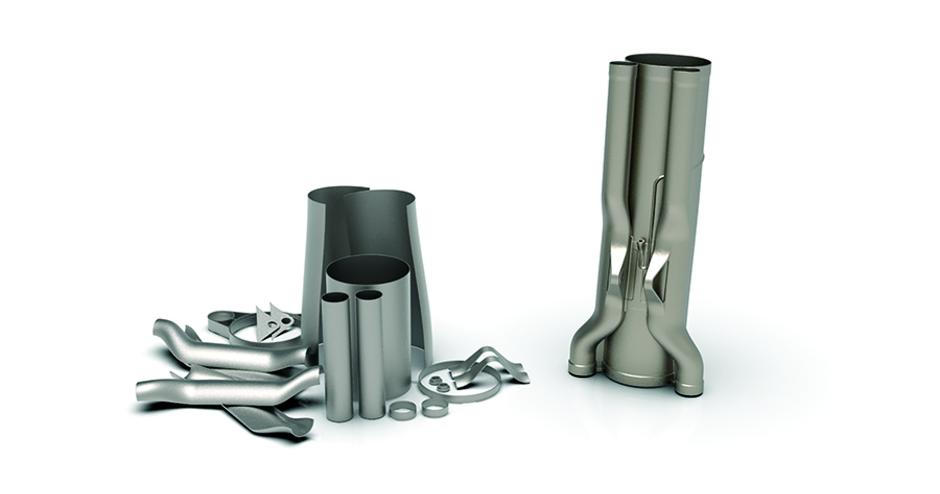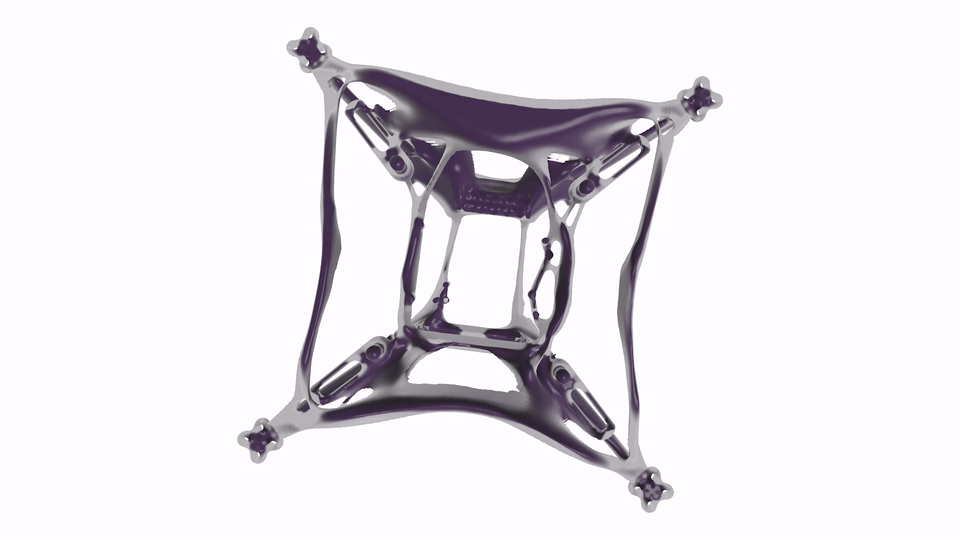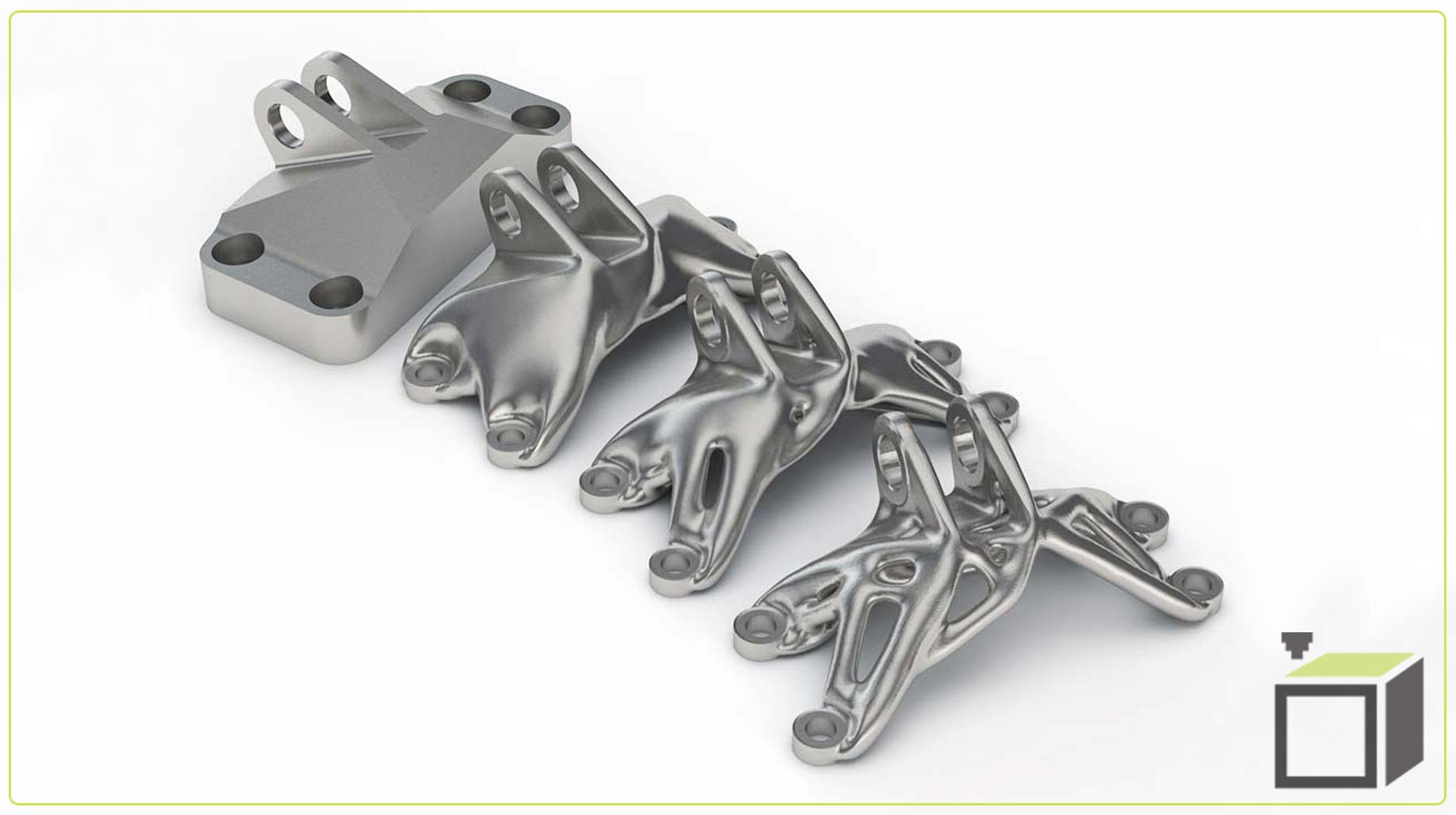Consolidating or merging assemblies into smaller units (or components) is one of the less obvious benefits of advanced calculation methods.
It is in conjunction with additive technologies (3D printing) that we get a very powerful tool not only to save the weight of the overall set.
By properly joining the parts, we can, under optimal project circumstances, combine integrate dozens of components into one.

What report types are good for consolidation?
- Assemblies where the lowest possible weight is required for function or durability
- Assemblies produced in high production quantities, where consolidation and optimization will bring significant material savings in the long run,
- Assemblies that contain a large number of components that can be reduced to smaller assemblies or 1 component.
- Assemblies that contain components from a large number of vendors
- Assemblies with costly and time-consuming assembly,
- Often faulty or expensive service kits.
What are the benefits of consolidating parts?
- Minimize weight,
- Overall report optimization,
- Significantly less dependence on the supply chain,
- Shortening lead-time,
- Lower installation costs,
- Lower service costs and lower downtime.
How can we optimize and consolidate our reports?
We can achieve consolidation by computational methods called Generative design and Topological optimization >.
More info about these methods as well as their advantages, use and price can be found on the following subpages:

